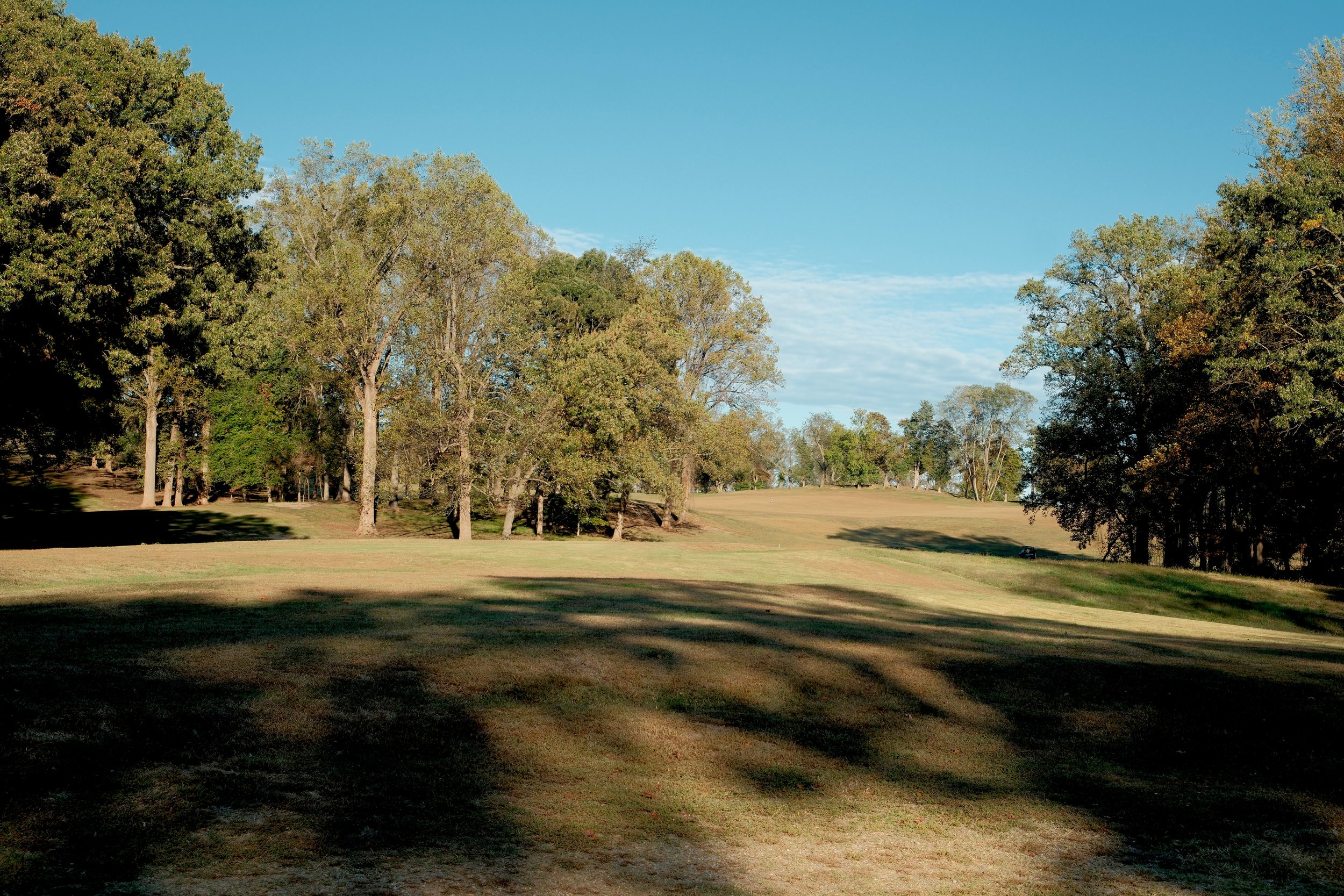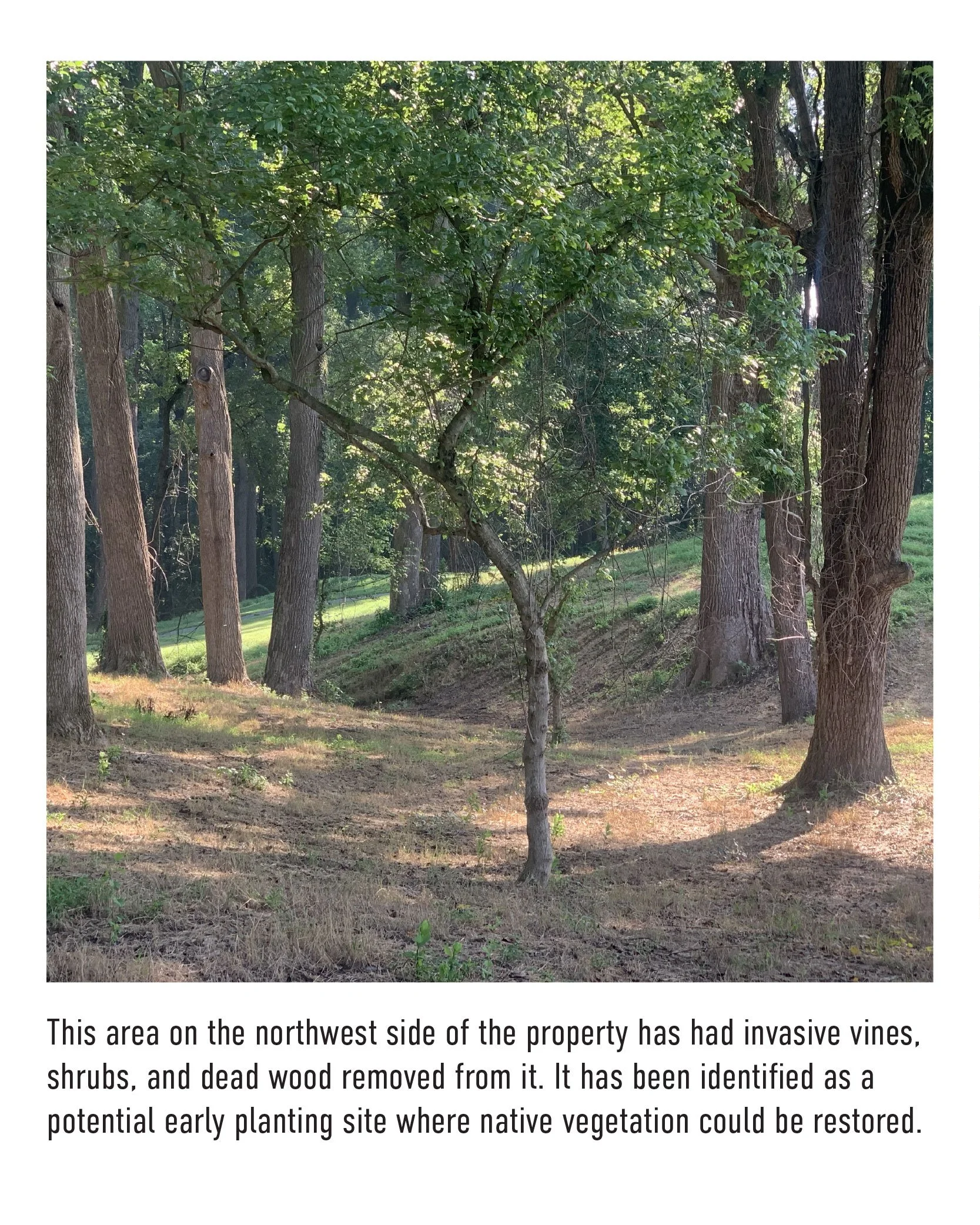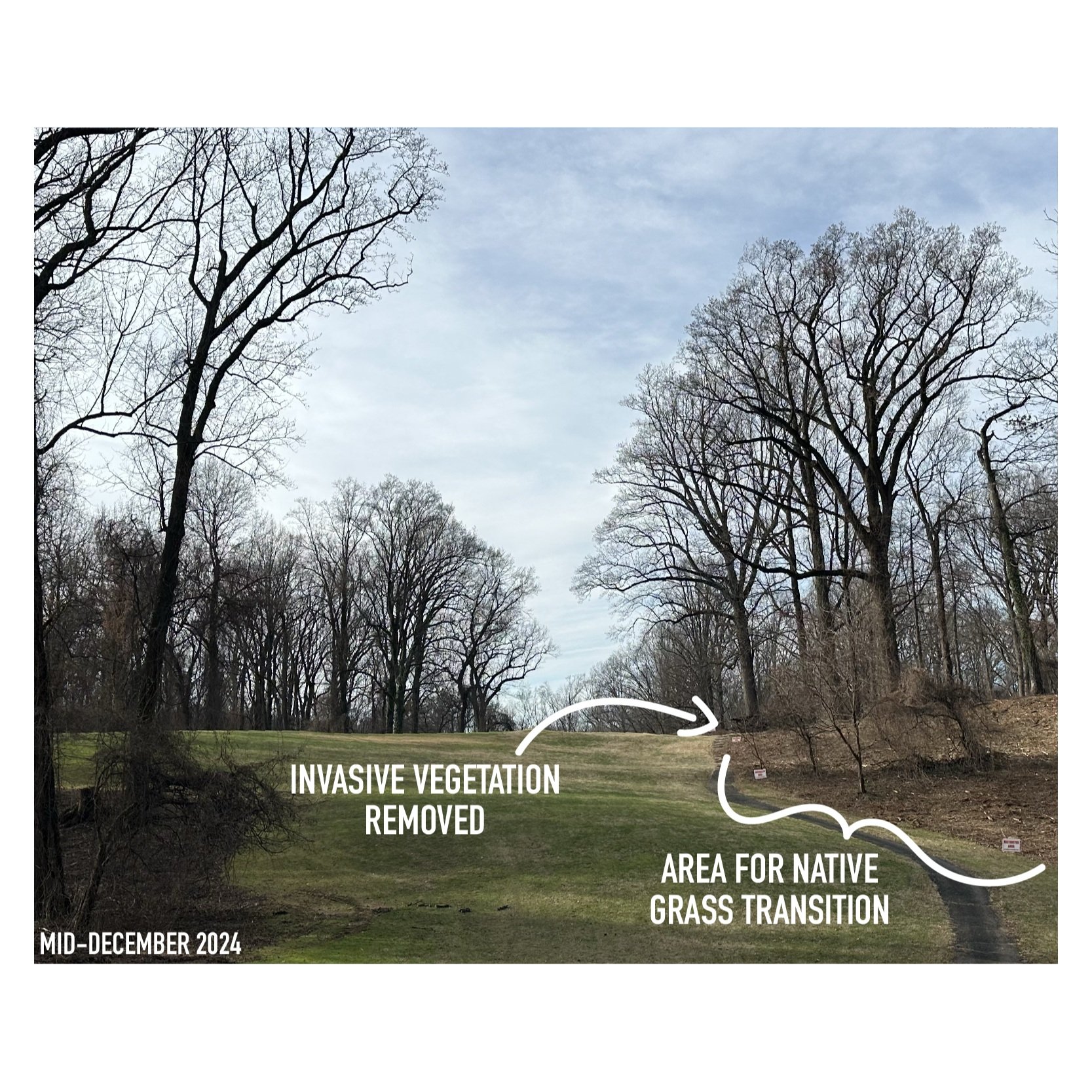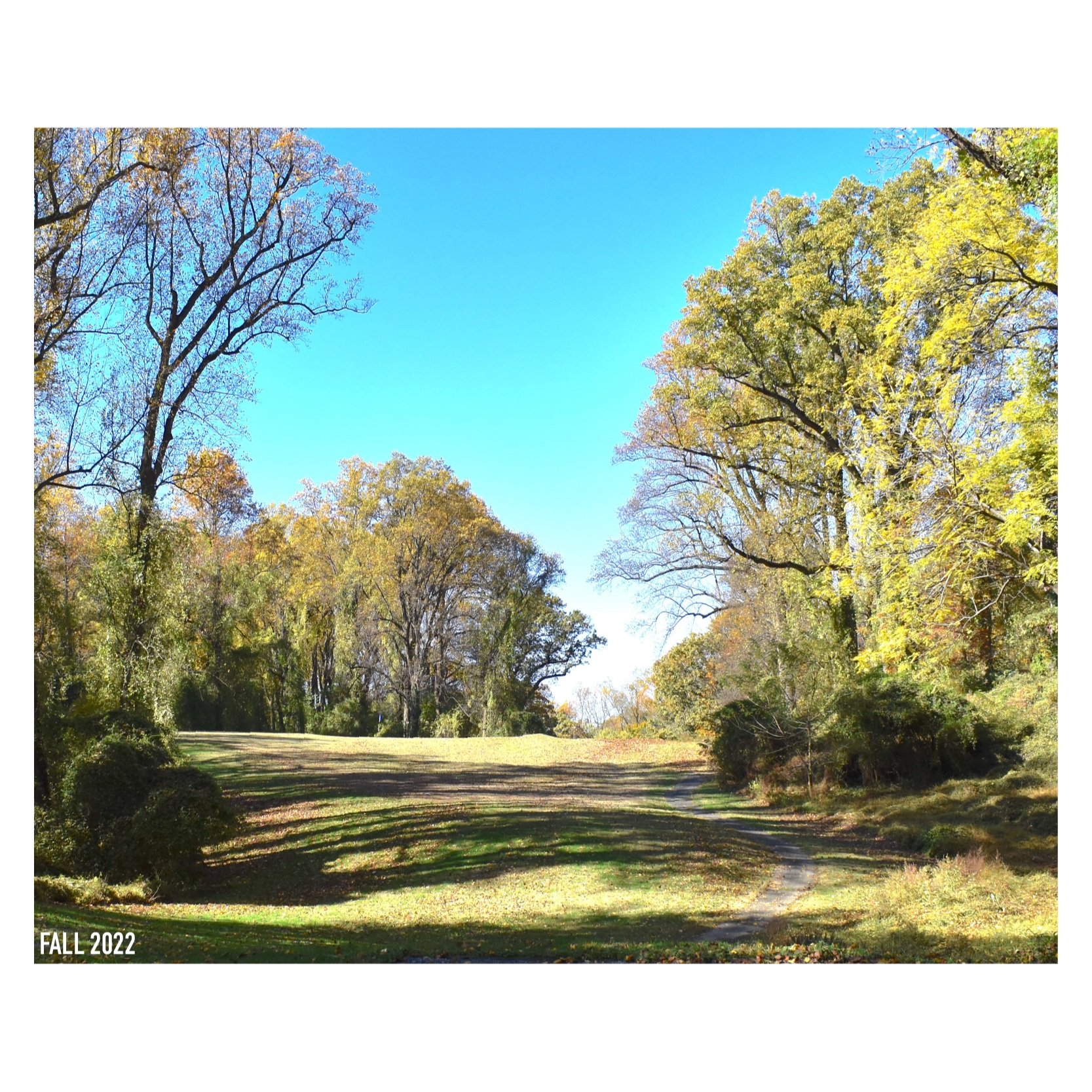ROck Creek Park Golf Rehabilitation Project Updates
On this page you will find up-to-date information about current work being done as part of National Links Trust’s rehabilitation of Rock Creek Park. We encourage our community to share this page with those who are interested in our work.
MID-NOVEMBER 2025 UPDATE #2
“Excellent progress has been made in remediating the property of invasive vegetation and dead trees. Turf health was moving in a better direction and while the golf course overall was more playable, additional work is imperative.”
-Brian Gietka, CGCS - Consulting Agronomist, East Region, USGA Green Section
As we head into the beginning of construction of Phase 1 at Rock Creek Park Golf, we wanted to highlight the progress of our adaptive management approach to invasive vine, shrub, and tree removal. In October, a consulting agronomist from the USGA Green Section toured the facility and presented his observations and findings. We are excited to share this report, available now below, as well as this case study (see below) of the progress we have made on the future 7th hole (current 12th) blending playability, improved turf growing conditions, and sustainability.
MID-November 2025 Update #1
As of November 17, 2025, Rock Creek Park Golf is closed for construction as we have begun Phase 1 of our full-scale rehabilitation project. Currently, we are continuing our adaptive management approach to invasive vine, shrub, and tree removal and finishing site work before we begin vertical construction on the new, modern maintenance facility and clubhouse, driving range, and putting course. Vertical construction will begin in the coming weeks.
Next spring, our intention is to reopen at least 9 holes of golf with a modified routing to accommodate for clubhouse and maintenance facility construction. The holes that reopen will continue to improve in playability and conditions, like we saw this year, as the turf receives more sunlight and better airflow and the corridors expand to their historic widths.
We are proud of the work that has gotten us to this point in the project and grateful to the thousands of people who have helped us along the way. An exciting future is ahead - thank you!
Summer 2025 Update
This summer, our sustainability and agronomy teams have been hard at work at Rock Creek Park Golf observing the results of invasive vine, shrub, dead wood, and hazardous tree removal on turfgrass health, as well as managing invasive vegetation around the property. Turf conditions have shown some progress this year, though there is still significant room for improvement. This fall, we will resume our adaptive management process to further address the many areas of the course that are still not receiving adequate sunlight and airflow.
To make this process easier in the fall, our sustainability team has spent the summer actively managing areas across the course to restore native vegetation and address the harmful, invasive vegetation. Led by NLT Habitat Restoration Specialist, Brian Wright, our team has taken stock of priority work areas that have valuable native plant material and devised plans to protect and preserve these areas. These areas include sections addressed by machines last winter and early spring, and on the periphery of the future meadow habitat. The former ensures those areas remain clean slates for future plantings of a diverse array of native vegetation and grasses, and the latter to set up for a mowing and treatment regimen to prepare the meadow for native grass seeding.
Spring 2025 Update
After concluding our winter and early spring work at Rock Creek Park Golf, we are pleased with the early returns. The work to date has followed our adaptive management approach, focusing on the removal of invasive vines, shrubs, dead wood, and a limited number of trees. The video below showcases our current progress around the property. Over the coming months, our agronomy team will observe the effects of our efforts on turf conditions before resuming work in the fall. During this time, we will also continue studying the health of trees previously freed from invasive vines to help minimize tree removal as much as possible.
We’re excited to continue our work alongside our partners at the National Park Service and other community groups, and we thank our community for their ongoing support and patronage of the facility. While there is still a long way to go, we encourage you to visit the property this summer to see the progress firsthand and begin to envision what the fully realized project will look like.
LAte March 2025 Update
Our work throughout the winter removing invasive vines, shrubs, dead wood, and invasive and hazardous trees at Rock Creek Park Golf as part of our adaptive management process has paid early dividends. Along the edges of the hole corridors, our efforts have laid the groundwork for management of invasive plants that had previously engulfed these edges. Our next step is to grow in a transitional ground cover which we will mow periodically over the coming year to actively prevent the re-establishment of invasive plant material. Over the coming years we will plant into these spaces to create meadow, savannah and forest landscapes, leading to a healthier, more biodiverse ecosystem at the golf course. In the short-term, our work has improved agronomic conditions, increasing air flow and sunlight on turf grass. This benefits both golfers and our sustainability efforts, as turf conditions and playability will improve, while required inputs to maintain the turf will decrease.
Another result of our work this winter has been uncovering lost elements of the historic golf course design. Tee boxes on the current 6th (future 4th hole) and current 11th (future 6th hole) have been reclaimed from invasive vines and shrubs. Our adaptive management process will continue throughout the early spring, and we eagerly anticipate sharing more updates as progress continues.
EARLY MARCH 2025 Update
As we have continued the adaptive management process at Rock Creek Park Golf, removing invasive vines, shrubs, dead wood, and invasive and hazardous trees, National Links Trust staff members have been able to access previously impassable areas of the property. An advantage of this, in addition to long-term ecological, environmental, and playability benefits, is that we can remove golf balls and other waste that has accumulated under the thick invasive cover over the past several decades. This past weekend, we hosted a group of 38 volunteers who helped collect over 7,500 golf balls from these areas - equating to approximately 800 pounds of synthetic waste.
This removal enhances the environment in the short term while establishing a foundation for long-term invasive vegetation management along corridor edges. In the future, this work promotes the growth of healthy transitional vegetation while keeping these areas accessible and making it easier for golfers to find and play their ball.
LATE JANUARY 2025 UPDATE
Throughout January, we have continued the adaptive management process at Rock Creek Park Golf. In today’s update, we are highlighting the current 13th (future 8th) hole on the regulation course.
Prior to this work, the corridor on the current 13th hole had gotten so narrow that it was essentially unplayable. Overhanging tree branches blocked the central line of play and encroaching invasive vines and shrubs clogged the left, right, and back sides of the hole. To improve agronomic conditions and playability, we planned to widen the corridor.
Initially, both sides of the hole appeared equally impacted by encroaching invasive vines, shrubs, and trees and dead wood, so we planned to focus our tree work efforts on the left side, where the cart path was already routed. However, once the invasive removal was completed we discovered that the dense invasive vine and shrub layer had hidden key information from view. We immediately realized that far fewer trees would need to be removed to achieve the necessary corridor width if we widened the right side of the corridor instead of the left. By adapting our approach in the field, we have successfully restored the historic playability of the hole and improved agronomic conditions while preserving more healthy, native trees.
This example highlights the benefits of our adaptive management approach. By continuously reassessing our work in the field, we are able to minimize tree removal while still achieving our project goals. This flexible approach will continue to guide us throughout the project.
EARLY JANUARY 2025 UPDATE
Last month, National Links Trust hosted the Rock Creek Weed Warriors - a specialized volunteer group that removes invasive plants throughout Rock Creek Park including the golf course - for a tour of the Rock Creek Park Golf property as we continue through the initial parts of our adaptive management approach. We showed them the areas which are being addressed through the initial parts of the adaptive management process, shared initial thoughts on the future establishment of critical meadow habitat at the facility, and fielded questions about next steps in the project.
We would like to thank the Weed Warriors for their support, engagement, and continued partnership in creating a brighter, more sustainable future of the property.
Mid-December 2024 Update #2
The 11th hole at Rock Creek Park Golf has already seen quite the transformation as we have continued the initial parts of our adaptive management approach, removing invasive vines, shrubs, and dead wood in the hole corridor. Prior to this work, the uphill par three was shrouded by a thick layer of invasive vegetation and unhealthy forest crowding the corridor and negatively impacting turf health and playability. With our work, the corridor is already starting to look and function far better. We have opened up air flow and sunlight, which will be key for turf health in the future, and we have laid the groundwork for the hole to better tie into the adjacent landscape in the future.
The right side of the hole is bordered directly by Rock Creek Park and its forest. Before our work, there was a clear distinction between the overgrown, invasive-covered golf course property and the forest in the park. In the future, there will be a healthy transition as we will introduce native grasses, shrubs, and trees on the golf course property, preventing the overgrowth of invasives. Achieving the full vision will be a multi-year process, but we are encouraged by these early results.
Above right is a gallery showing the evolution the hole, and below are video clips showing the results of adaptive management on the right side of the hole.
MID-December 2024 Update
On December 12, 2024, National Links Trust has entered a new and exciting phase of the adaptive management process at Rock Creek Park Golf as we have begun carefully removing trees from the property. Tree removal is being undertaken to A) promote improved agronomic conditions (increasing sunlight and airflow on turf while reducing required inputs), B) restore the historic landscape of the property as recommended by the National Park Service in its Cultural Landscape Report, which governs the treatment of landscapes at properties like Rock Creek Park Golf, and C) construct a modern clubhouse and maintenance facility. Tree removal between November 1 and March 31 was approved through a multi-faceted compliance and approval process that culminated with a final determination letter recently issued by the U.S. Fish and Wildlife Service.
In this first phase of tree removal as part of the adaptive management process, the vast majority of trees removed will be invasive or pose a higher than acceptable safety risk. A small number of healthy native trees will be removed for improved agronomic conditions or to create space for the construction of a modern clubhouse and maintenance facility. After this work is completed, we will pause tree removal for the spring, summer, and fall growing season to observe the effects of all the work on air circulation, turf quality, and forest health. Our observations over the course of 2025 will then inform next steps of tree removal in the project. As a reminder, using this adaptive management process will minimize the number of trees removed while ensuring the necessary conditions for turf heath and improved playing conditions.
Below, you will find examples of the conditions of trees on the property and the type of evaluation that each undergoes.
EARLY DECEMBER 2024 Update #2
On December 10, 2024, National Links Trust learned the U.S. Fish and Wildlife Service (Service) has finished their review of the proposed rehabilitation project at Rock Creek Park Golf. This comes after extensive on-site discussions and analysis of the project and its potential impacts on a number of species including the northern long-eared bat, Hay’s Spring amphipod, and monarch butterfly. We are pleased to report that the following conclusion has been reached by the Service:
“We concur that this project ‘may affect but is not likely to adversely affect’ northern long-eared bat and Hay’s Spring amphipod. We conclude that any adverse effects to the proposed endangered tricolored bat from this project would be temporary and discountable. We conclude that any adverse effects to the candidate monarch butterfly from this project would be temporary and discountable and creation of habitat included in the project will benefit the species.”
In plain language, their report indicates that:
The project avoids critical habitats, as, for example, bats prefer the main Rock Creek Park forest area over the golf course.
There is no evidence of habitat for the Hay’s Spring amphipod or milkweed for monarch butterflies in the project area.
Light and noise impacts from the project will be minimal.
The full report can be read here.
This report from the Service marks the completion of a key regulatory milestone as we begin the initial phases of our project. Since our inception, National Links Trust has been steadfast in our commitment to long term sustainability and environmental stewardship. We are proud to carry this dedication forward as we continue work at Rock Creek Park Golf. We extend our gratitude to the Service and the National Park Service for their invaluable input and expertise, and we look forward to shaping a sustainable future for the facility.
We will soon enter a new phase of our adaptive management process. Currently, we are in the first steps of the process, removing invasive vines, shrubs, and dead wood from the golf course. During this process, we have also noted that at least 26 trees that were surveyed by National Links Trust and the National Park Service in 2022 have fallen. It is clear that these trees, which were all noted as in poor condition or dead in 2022, succumbed to the extensive invasive vegetation coverage and fell. This demonstrates the importance of our work as we seek to improve the long term health of the entire ecosystem at the facility.
With this report from the USFWS, we will soon begin to carefully remove trees. In the first phase of tree work, the vast majority of trees removed will be invasive or pose a higher than acceptable safety risk. A small number of trees will be removed for improved agronomic conditions or to create space for the construction of a new maintenance facility. After this work is completed, we will pause for the spring, summer, and fall growing season to observe the effects of all the work on air circulation, turf quality, and forest health. Our observations over the course of 2025 will then inform next steps in the project.
EARLY DECEMBER 2024 Update
We are excited to share a look at the progress at Rock Creek Park Golf as we move through the first steps of the adaptive tree management process. In these first steps, we have removed a substantial amount of invasive vines, shrubs, and dead wood - trees that have fallen due to the extremely deteriorated condition of the forest. In some cases, these trees fell recently, such as the large tulip poplar that fell last month. So far, much of the work has been concentrated on the 4th, 5th, 6th, 10th, 11th, and 12th holes.
Removing invasive vines, shrubs, and dead wood has allowed National Links Trust and National Park Service staff to physically access a number of trees and evaluate their health. This is time consuming, but this constant evaluation ensures that only the trees that are absolutely necessary to come down will be removed. Another key part of removing invasive vines, shrubs, and dead wood, is that it allows for active management of invasive vegetation in the future. Our initial strategy to keep invasive vegetation at bay will be to plant native grasses along the forest edge areas (which are more susceptible to invasive encroachment) and mow them periodically. In order to mow, the areas need to be free of the layer of invasive vegetation and dead wood that previously carpeted these areas.
The content below post shows what the adaptive management approach has produced thus far, including before-and-after views of the course and short video clips that illustrate in more detail the extremely deteriorated condition of several areas on the course and the work effort being led by National Links Trust and National Park Service staff.
4th Hole
5th Hole
6th Hole
10th Hole
11th Hole
12th Hole
November 2024 Update
After receiving final approval on September 5, 2024, we have continued meeting with our design team and the National Park Service to evaluate the best course of action over the next year. We are currently on track to begin initial work on Phase 1 of the project in the coming months. Prior to breaking ground on Phase 1 of the project, we have begun the initial work in the adaptive management approach to tree management at the facility. This approach will allow for maximum positive environmental impact at the facility for years to come and falls in line with our demonstrated commitment to sustainability. As we continue through the initial part of the adaptive management approach, we are building towards beginning construction of Phase 1.
Phase 1 will include the construction of the clubhouse, driving range, putting course, and maintenance facility and will take approximately eighteen months to complete. The maintenance facility will be the first element of Phase 1 to happen this coming winter and spring. Starting with the maintenance facility allows us to free up space around the main clubhouse to start construction work there and gives us a long-term home for our maintenance operations. The new maintenance facility will improve working conditions for our expanded maintenance crew, allow for modern equipment to be utilized, and increase the efficiency of maintenance operations, leading to better course conditions. Once the maintenance facility is done work will continue on the rest of Phase 1.
Adaptive ManagemenT approach
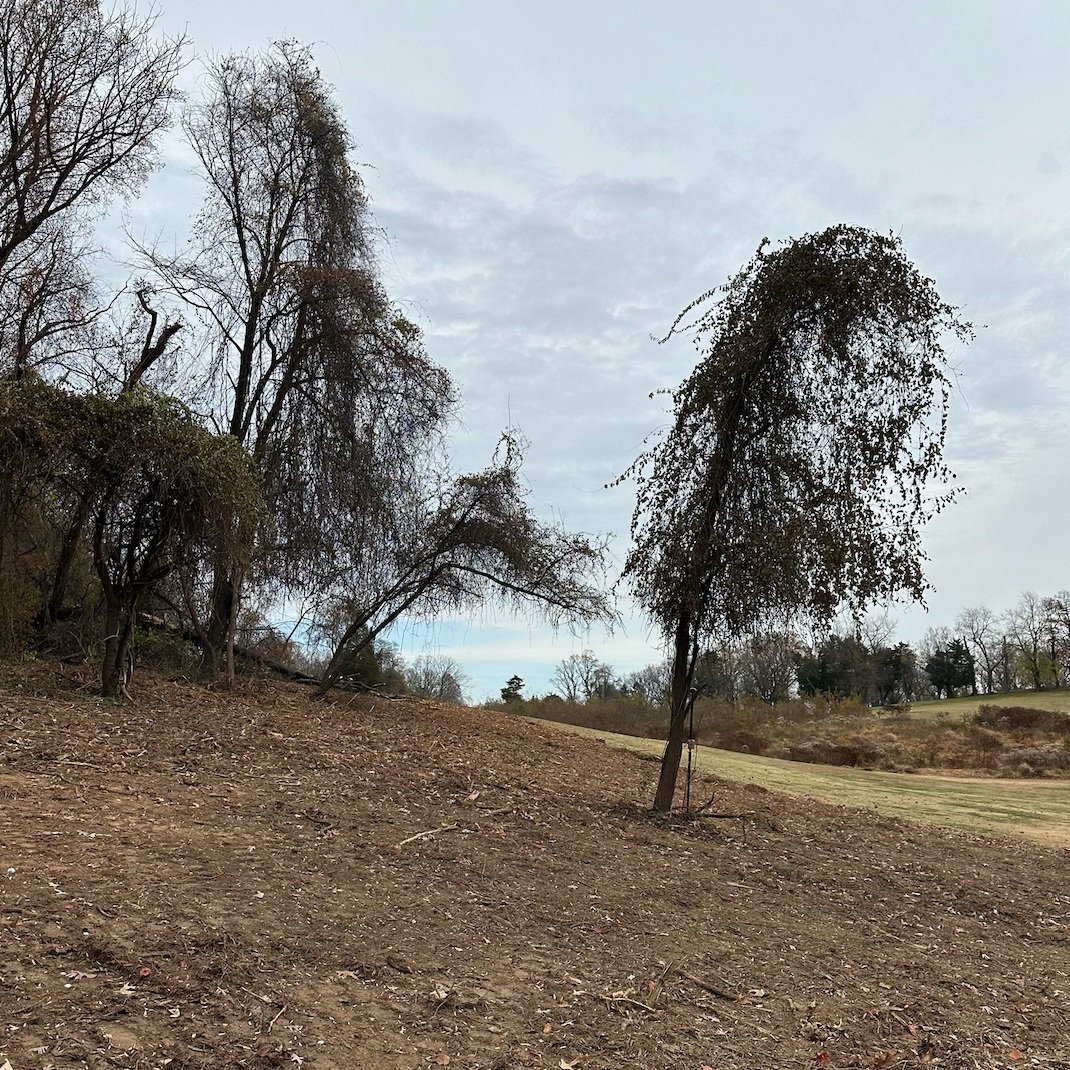
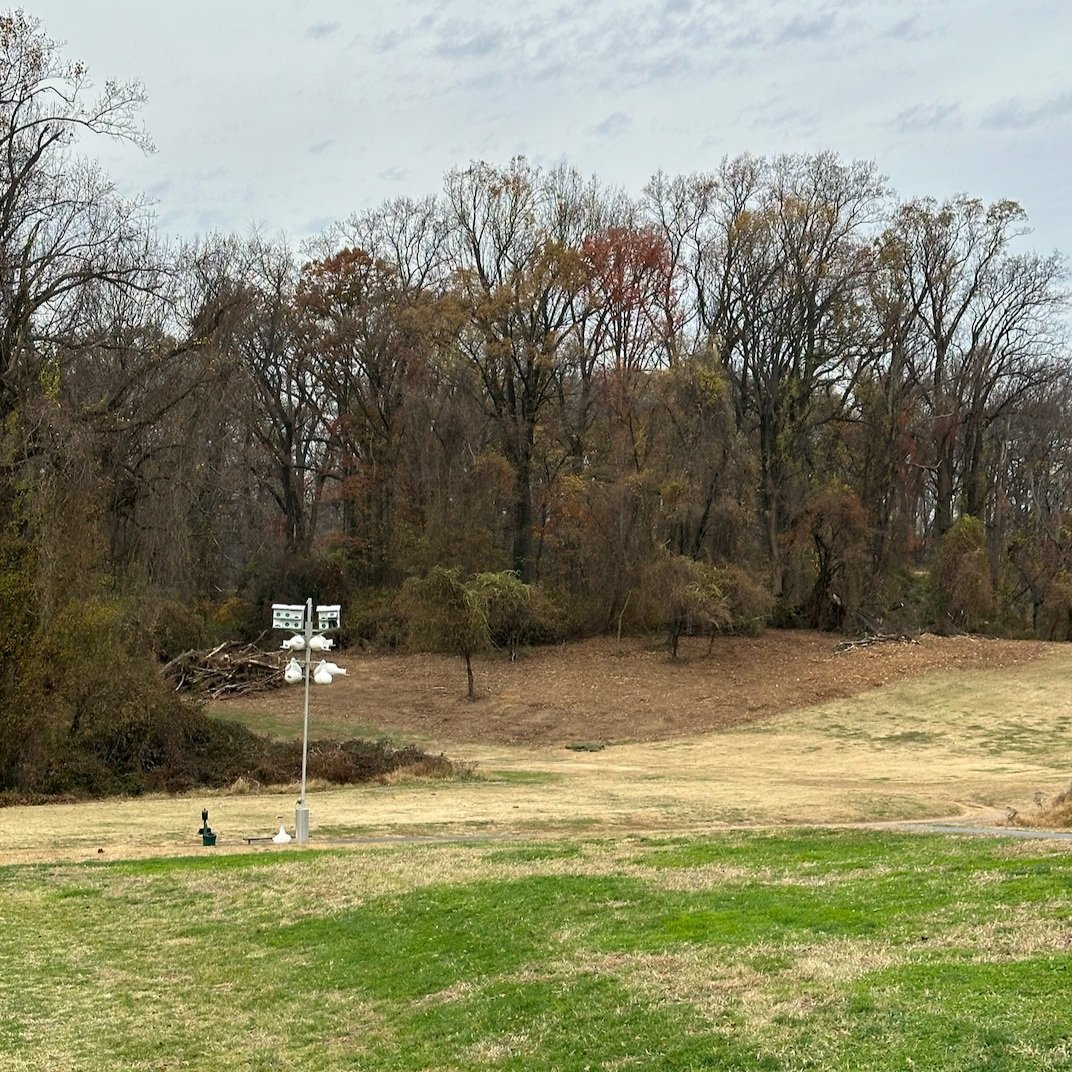
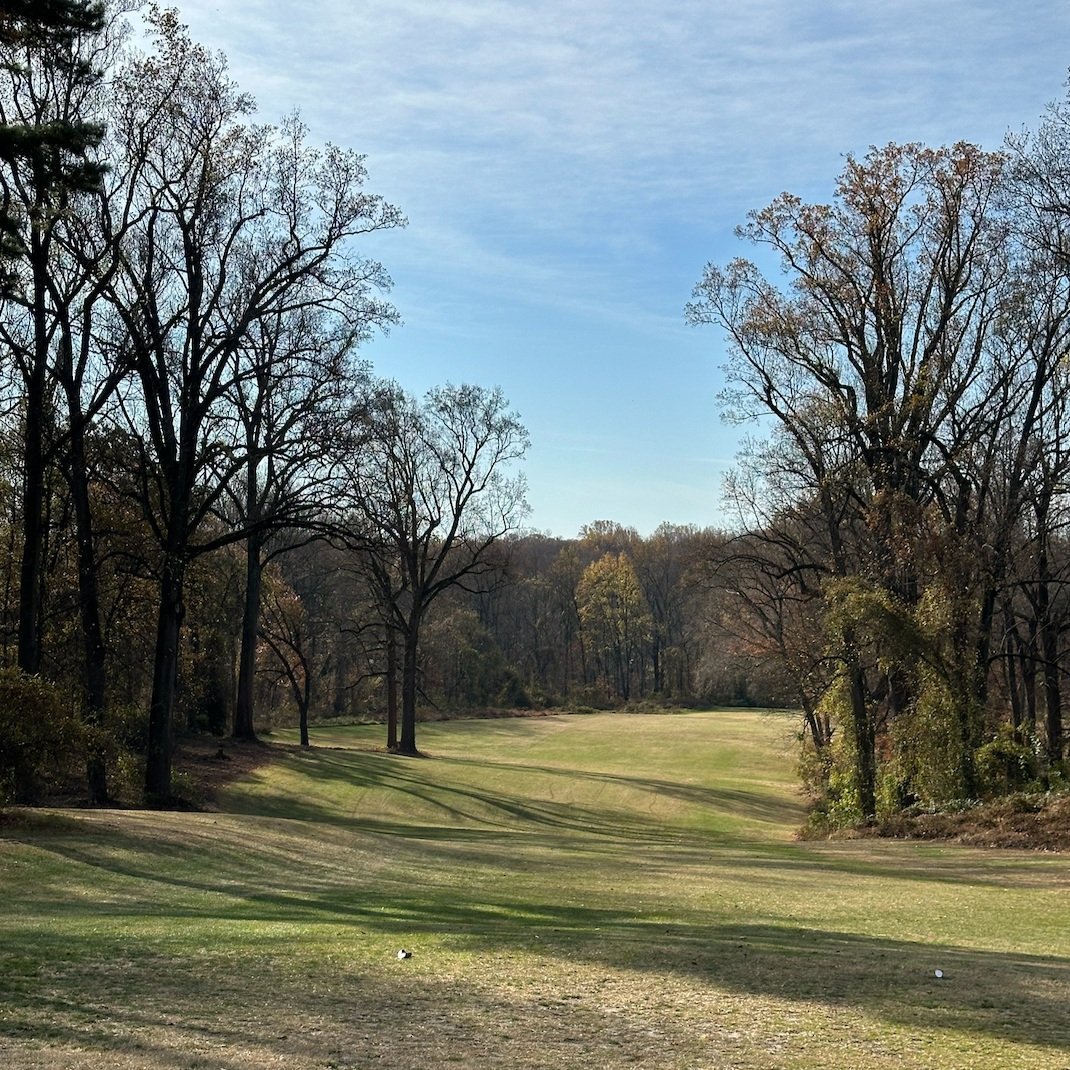
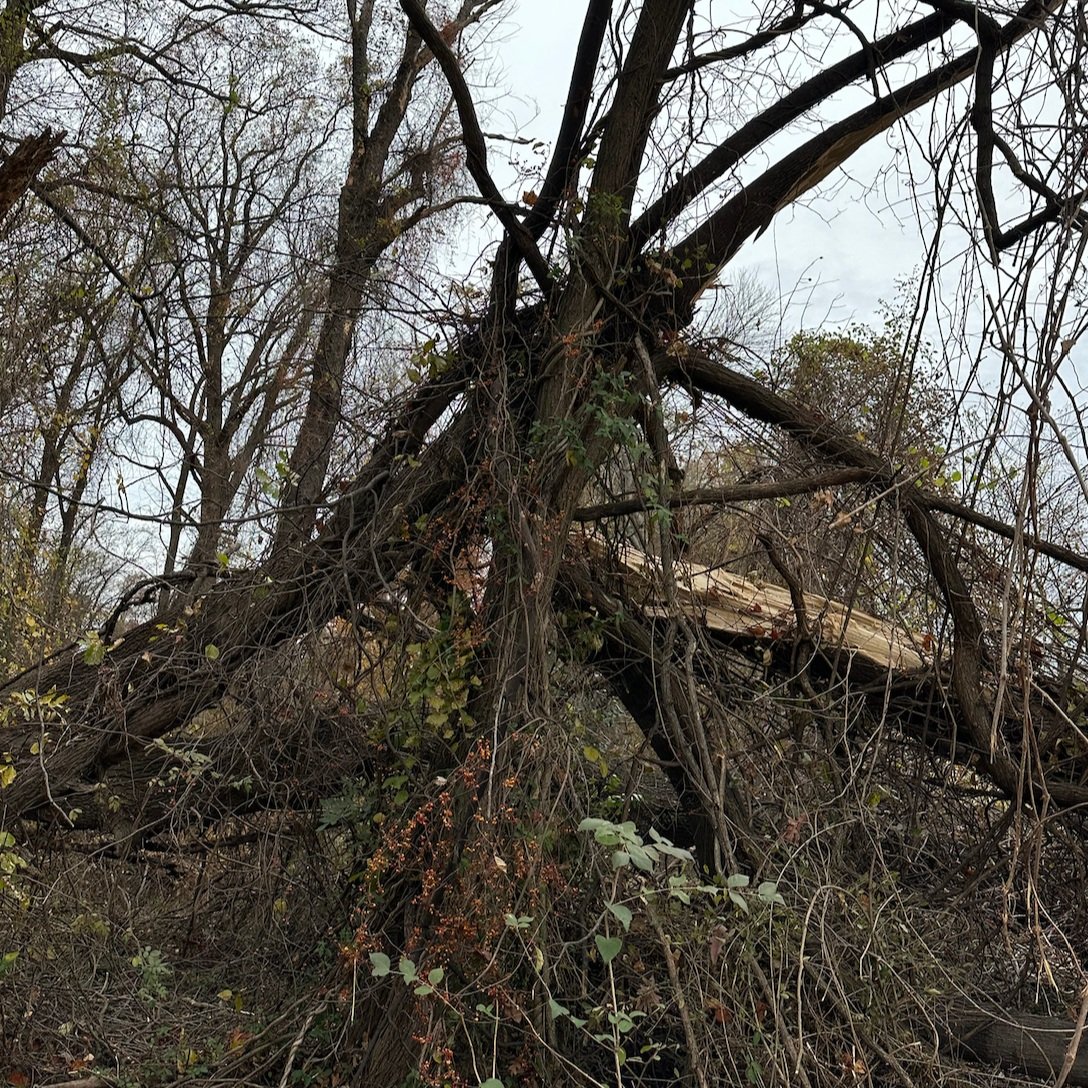
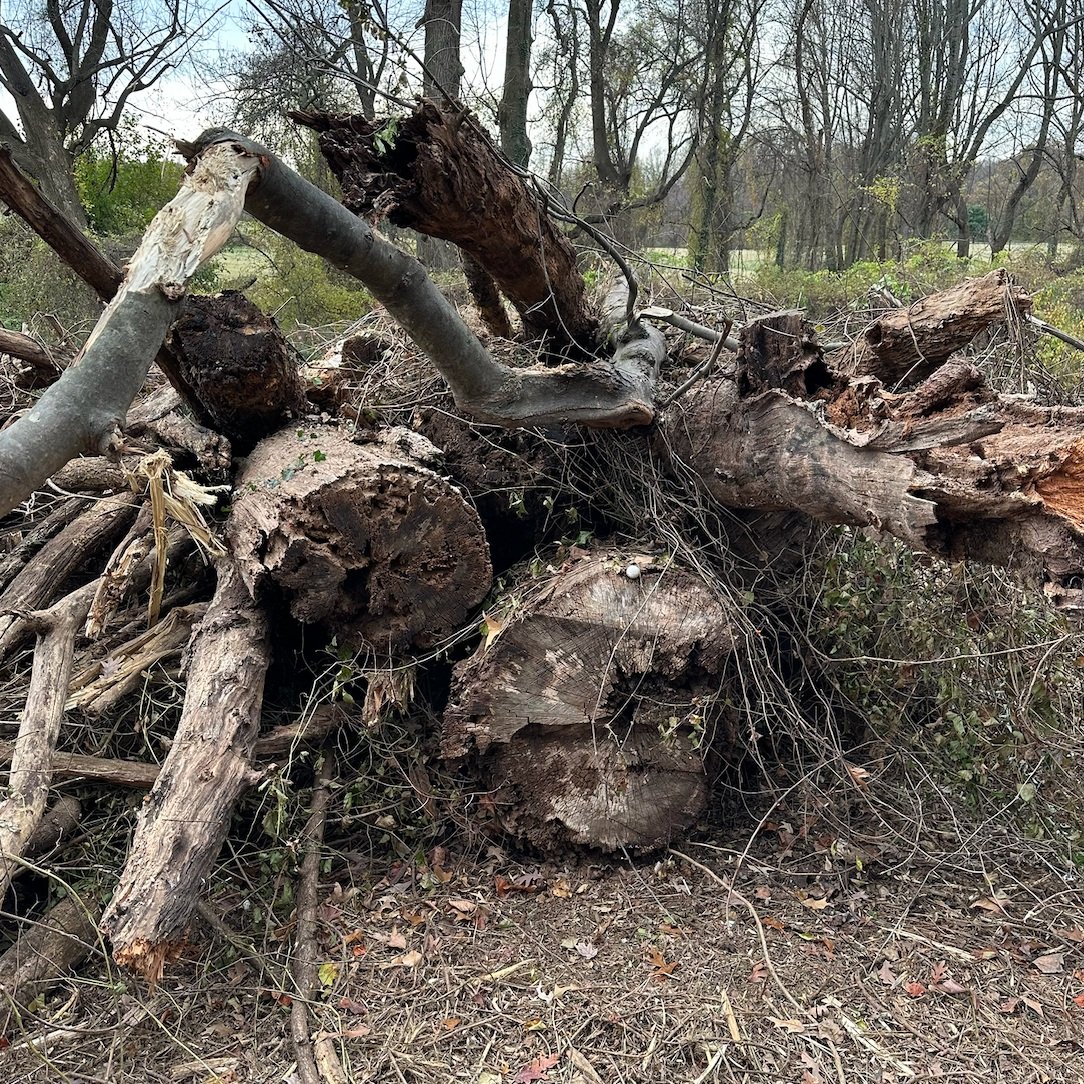
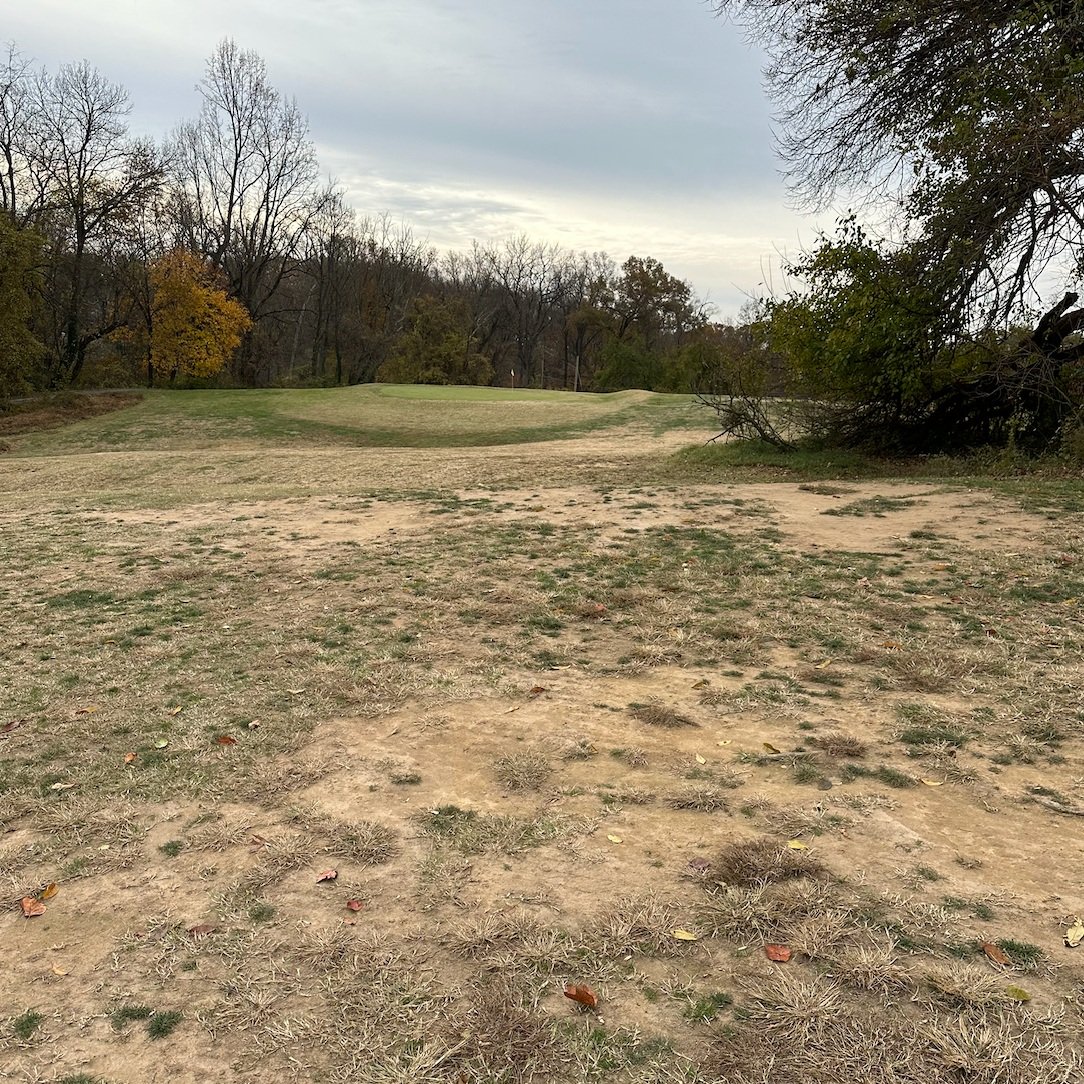
Decades of deferred maintenance at Rock Creek Park Golf have resulted in a course that is barely playable due to poor turf conditions. The lack of sunlight and airflow throughout the course has resulted in patchy grass coverage prone to erosion and sediment runoff. To solve this problem long term, NLT will be deploying an adaptive management approach to any tree removal necessary on site.
An adaptive approach emphasizes patience and flexibility to ensure that the best outcomes are being achieved in regard to tree management. In the last several days, we have begun the adaptive management process at Rock Creek Park Golf, an approach that was approved by the National Capital Planning Commission in September. The first step of the process, which is currently underway, involves the removal of invasive vines and shrubs on the golf course. This step follows sustainable best practices and occurs before tree work will be undertaken. As invasive vine and shrub removal occurs, we are also cleaning up dead wood that we find under the dense vine and shrub layer - including a large tulip poplar which fell this past week and thankfully did not injure anyone on the golf course - along with other material such as trash and old golf course equipment which has been found underneath the invasive vegetation.
Following the removal of the invasive vines and shrubs, we will begin carefully removing trees. As of December 11, 2024, tree removal had not begun at the site. As of December 12, 2024, tree removal has begun. In the first phase of tree work, the vast majority of trees removed will be invasive or pose a higher than acceptable safety risk. After this work is completed, we will tree removal pause for the spring, summer, and fall growing season to observe the effects of all the work on air circulation, turf quality and forest health. Our observations over the course of 2025 will then inform next steps of tree removal in the project.
The end result of using the adaptive management approach is minimizing the number of trees removed while ensuring the necessary conditions for turf heath and improved playing conditions. The reduction in exposed dirt from poor turf (leading to sediment runoff and erosion) is just one of many ways - also including a net gain in tree canopy - that the rehabilitated Rock Creek Park Golf will benefit the local environment. We encourage you to click the link below to learn about other ways in which golf courses (including Rock Creek Park Golf!) aid the environment.
Learn more about why tree management is necessary here.
The Impact of a Modern Maintenance Facility
The construction of a new, modern maintenance facility is a crucial aspect for the facility's long-term viability. A new maintenance facility will improve working conditions for our expanded maintenance crew, allow for modern equipment to be utilized, and increase efficiency of maintenance operations leading to better course conditions.
The facility will have a major impact on operations in the short and long-term. Tim Zurybida, the Director of Agronomy for our three courses, notes, "The new maintenance facility has been imagined with the future in mind. In addition to having basic needs for the comfort of our crew - running water, restrooms, break rooms, etc. - we are planning for the implementation of being able to go fully electric with our equipment fleet. By the time the project enters later phases, we will be able to have battery operated blowers, string trimmers, and mowers. The new maintenance facility will also have a lift to service equipment, a wash pad to clean equipment, and is designed with specific equipment in mind so it is laid out in a fashion that will promote efficiency and ease of getting equipment in and out of the shop. This should lead to more time on the course, less time shuffling equipment around, and combined with improved conditions for agronomy, result in better conditions of the golf course."


